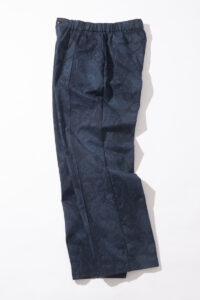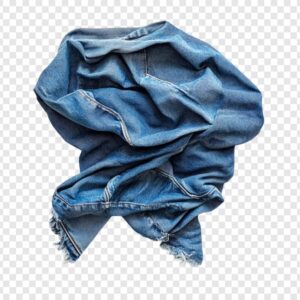Is Wool Warmer Than Flannel for Spring?
Choosing the right fabric is crucial for both fashion and sewing projects. Wool and flannel, two popular materials, each offer unique properties that influence their compatibility. In this article, you’ll learn whether these fabrics work well together and how to make the most of their qualities in your creative endeavors.
Compatibility Analysis
Is wool warmer than flannel for spring? The answer is: it depends. Wool is generally warmer due to its natural insulating properties, but flannel can also provide adequate warmth, especially when made from wool or a wool blend.
Why Wool and Flannel Work Together
- Texture: Both fabrics offer a cozy feel, with wool being slightly more textured and flannel smoother, making them complementary in layered garments.
- Weight: Wool is typically heavier, but lightweight wool varieties and medium-weight flannel can be paired effectively.
- Stretch: Neither fabric is particularly stretchy, which simplifies combining them in garments.
- Care Requirements: Both require gentle handling, though wool often needs more specific care like dry cleaning.
- Durability: Wool is more durable, but high-quality flannel can also withstand wear.
Fabric Properties Comparison Table
| Property | Wool | Flannel |
|---|---|---|
| Fiber Content | Natural (sheep wool) | Natural/Synthetic (cotton/wool blend) |
| Weight and Thickness | Medium to heavy | Light to medium |
| Breathability | High | Moderate |
| Moisture-Wicking | Excellent | Good |
| Stretch and Elasticity | Low | Low |
| Wrinkle Resistance | Moderate | Moderate |
| Care Instructions | Dry clean or hand wash | Machine wash cold, line dry |
| Durability | High | Moderate |
Benefits of Mixing These Fabrics
- Enhanced Texture and Visual Interest: Combining wool’s natural texture with flannel’s smoothness adds depth to garments.
- Improved Comfort and Performance: Wool’s warmth and flannel’s softness offer a cozy yet breathable feel.
- Better Drape and Movement: Wool provides structure, while flannel offers a relaxed drape.
- Cost-Effectiveness: Using flannel can reduce costs while maintaining quality.
- Seasonal Versatility: Suitable for transitional weather, offering warmth without overheating.
- Design Possibilities: Ideal for layered looks and mixed-fabric designs.
Potential Challenges
- Different Shrinkage Rates: Pre-wash both fabrics to minimize differences.
- Conflicting Care Requirements: Choose care methods that accommodate both fabrics.
- Texture Clash or Pilling: Use high-quality fabrics to prevent pilling.
- Seam Puckering: Use appropriate tension settings on your sewing machine.
- Color Bleeding or Fading: Test for colorfastness before combining.
Sewing & Styling Tips
- Sewing Techniques: Use a straight stitch with a slightly longer stitch length.
- Needles and Thread: Opt for a universal needle and polyester thread for strength.
- Interfacing and Stabilizer Needs: Use lightweight interfacing to maintain structure.
- Seam Finishing Methods: Consider serging or using French seams for a clean finish.
- Pattern Selection Advice: Choose patterns that allow for layering and mixing textures.
- Styling Ideas: Pair a wool coat with a flannel shirt for a classic look, or use flannel as lining for wool garments.
Care & Maintenance Guide
- Washing Instructions: Hand wash wool items and machine wash flannel separately.
- Drying Recommendations: Lay wool flat to dry; tumble dry flannel on low heat.
- Ironing and Steaming Tips: Use a low heat setting for wool and medium for flannel.
- Stain Removal: Treat stains on wool with gentle detergents and on flannel with regular stain removers.
- Long-term Care: Store wool in breathable bags to prevent moth damage, and keep flannel folded to avoid creases.
FAQ Section
-
Can you wash wool and flannel together?
- It’s best to wash them separately due to differing care needs.
-
Will wool shrink more than flannel?
- Wool is more prone to shrinkage if not properly cared for.
-
What needle size should I use for sewing these fabrics together?
- A size 80/12 universal needle is generally suitable.
-
Can you mix wool and flannel in one garment?
- Yes, they can be combined effectively in layered designs.
-
How do you prevent seam puckering when combining these fabrics?
- Adjust your sewing machine’s tension and use a walking foot if needed.
-
Is it okay to mix wool and flannel for upholstery?
- Yes, but ensure both fabrics are suitable for upholstery use.
-
What’s the best way to finish seams with these fabrics?
- Serging or using French seams provides a neat finish.
By understanding the properties and compatibility of wool and flannel, you can create stylish and functional garments perfect for spring’s fluctuating temperatures.


Leave a Reply